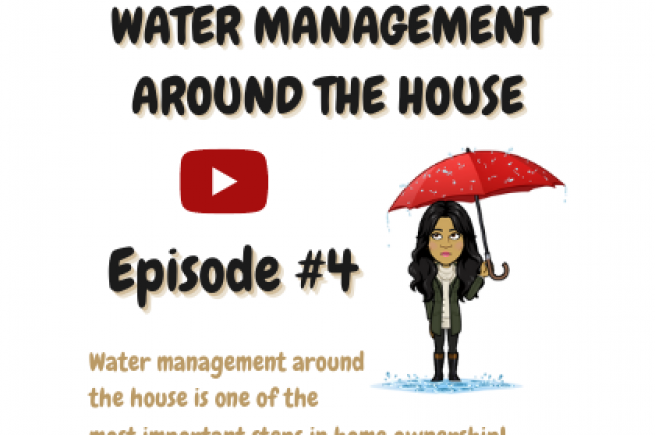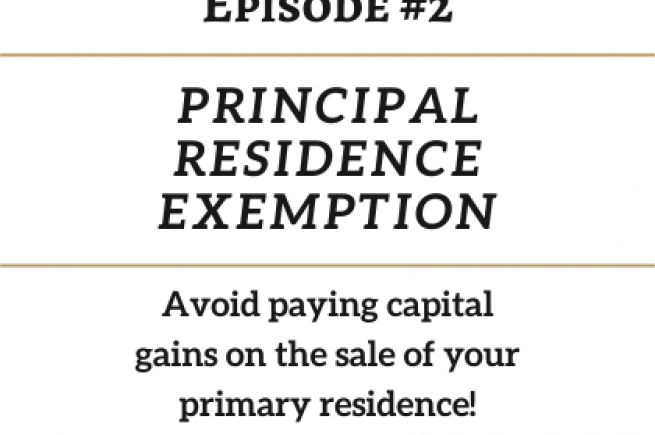Water management around the house is one of the most important steps in home ownership. Learning the basics of water management can help avoid costly repairs to the basement caused by moisture issues, water seepage and water infiltration. Water management in the simplest form is diverting water away from the house foundation. Let’s look at three common ways to do that below:
Grading Around the House
When the house is built, ground is excavated and the foundation walls are built. Once the house is complete, soil is compacted around the parameter of the basement walls. However, the degree of compaction required to avoid settlement is not achieved, and overtime the soil will settle allowing the water to flow towards the house.
All homeowners have to regrade around the house at some point in their lives. Regrading requires a permit as the city has some requirements concerning minimum slopes and heights of certain elements. The reason for these requirements is that so people don’t divert water to adjacent properties or regrade improperly that doesn’t achieve the objective of water management. Some of these guidelines as per the following source (https://www.nrc-cnrc.gc.ca/ctu-sc/ctu_sc_n69) include:
- Minimum height of top of foundation wall above grade: 200 mm (8 in.)
- Minimum slope away from house for at least 1.5 m (5 ft.): 5%, i.e., approximately 19 mm per 300 mm (3/4 in. per ft.).
- Minimum slope on rest of lot: 1.5%, i.e., approximately 6 mm per 300 mm (1/4 in. per ft.)
- Minimum elevation of lot, at house, above street level: 450 mm (1.5 ft.)
- Minimum depth of swales: 150 mm (6 in.)
- Surface drainage should be directed away from window wells, exterior stairwells and decks
- Planned elevations at the peri¬meter of the lot should not be altered as a consequence of gardening, landscaping or fencing projects.
The concept is really simple though. Raise the ground around the house with soil meeting the height requirements of top foundation wall sloped away from the house. Most people will either cover the soil with rocks or grass which serves two purposes, it looks good and helps with erosion of top soil.
The city of Winnipeg requires homeowners to pull a lot grading permit before doing any grading work around the house. The permit fee is $160 and deposit of $1,060 is also required until the project is completed and signed lot grade certificate is provided to the city showing lot grading has been completed as required by the Lot Grading By-Law. More information can be found at the city’s link below:
http://www.winnipeg.ca/waterandwaste/drainageflooding/lotGrading/permit.stm
Clean Eavestroughs
This is the easiest and simplest water management job outside the house and one that is overlooked the most often. Majority of the water issues in the house are caused by plugged eavestroughs that are not doing their job of channelling the water to downspouts. Clean your eavestrough at least twice a year, once in the spring and once in the fall. Make sure there are no leaks along the way and patch up the leaks or change the eavestroughs to prevent water from travelling towards the house.
Extend Downspouts
This is another reason why homeowners have water issues in the basement. Ensure your downspouts are extended at least 3ft. away from the house. Un-extended downspouts spill a large amount of water near the basement walls. This leads to highly saturated soil and some of the water saturating the soil will migrate towards the foundation walls and eventually find its way through the walls resulting in moisture issues in the basement. Extending the downspouts and ensuring there are no leaks along the way will largely alleviate these concerns.
These are the three common ways homeowners can divert water away from the foundation: clean eavestroughs, extend downspouts and grade around your house such that the water travels away from your foundation.




